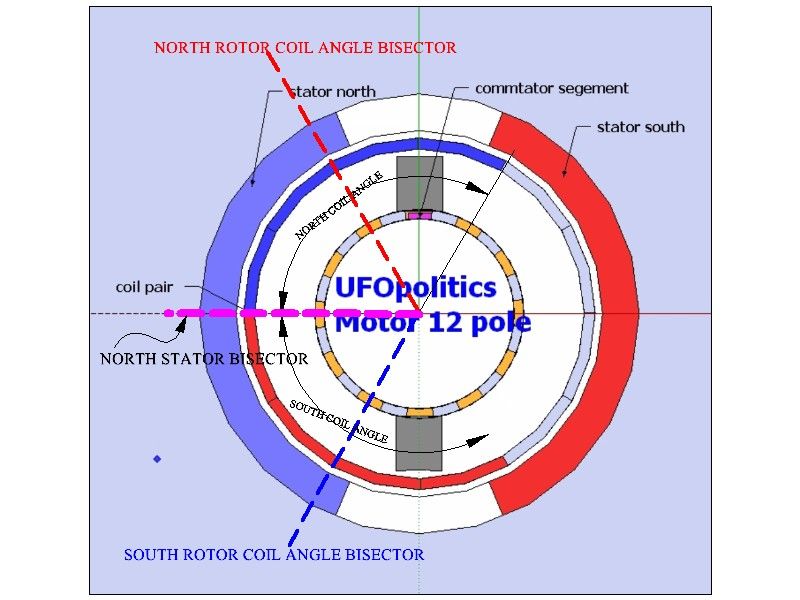Originally posted by Ufopolitics
View Post
I will check it by connecting a pair of coils by flexible wire directly and get a feeling at what angle I get the torque. Experiment is the best teacher!


 Yesterday I got my vacuum motor running fine: 2A / 12V / 3300rpm when idling. Stall: 4A. It stays moderate warm at touch of the windings. The stator is still wound in the original 220V state.
Yesterday I got my vacuum motor running fine: 2A / 12V / 3300rpm when idling. Stall: 4A. It stays moderate warm at touch of the windings. The stator is still wound in the original 220V state.Still not fine tuned at brushes. But as it runs in both directions with same parameters - it seems to be tuned fairy well. So first measurements can be taken.
Fortunately I own meters in order to measure all electrical parameters (V/A) at motor armature, motor stator and generator side. Stay tuned!
rgds JohnS
 [/IMG]
[/IMG]




Comment